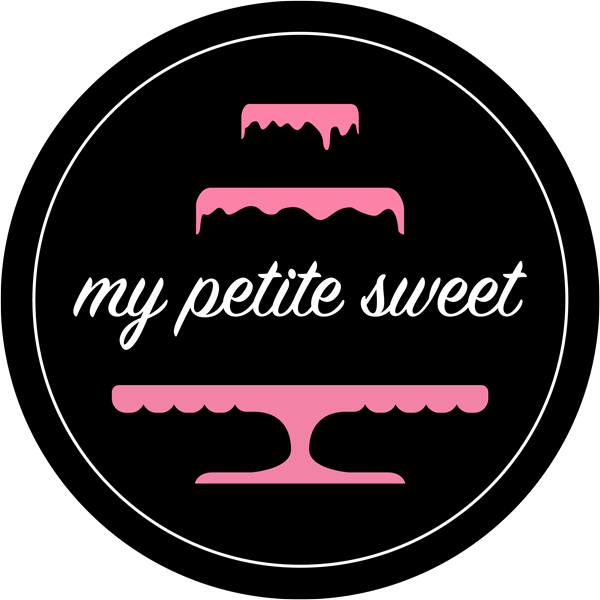We’re big fans of cake around here. (Obviously!) And, if you follow this blog, we’re guessing you are too. Not only is cake tasty, versatile, and smile-inducing, it’s also fascinating. There is so much more to cake than meets the eye. So grab yourself a slice and dig into these delicious little known tidbits about one of our favorite desserts.
A cake by any other name would taste as sweet
The English word cake dates back to the 13th century and comes from the Old Norse word ‘kaka’. Medieval cake was a flat round of bread baked hard on both sides and was probably closer to the fruitcakes and gingerbread of today. Cake didn’t take the form we’re now familiar with until the mid 17th century, when bakers started making them round and iced.
From breaking bread to cutting the cake
The origins of the wedding cake date back to ancient Rome, when it was customary to break bread over the bride’s head to bring fertility and good fortune to the newlyweds. Over the centuries, the custom transformed from breaking bread to a bridal pie, then gave way to the wedding cake in the early 19th century. In 1840, Queen Victoria became the first person to have her wedding cake frosted with pure white icing, giving name to what we now call “royal icing.”
In for a penny, in for a pound
Did you know that terms such as pound cake and cupcake (or cup cake) didn’t originally refer to actual types of cake? Rather, they were a reference that told the baker how the item was to be made. Pound cake meant a cake that was made by measuring the ingredients by weight (a traditional pound cake is made with one pound each of flour, butter, eggs, and sugar). By comparison, a cup cake’s ingredients were measured by volume (1 cup butter, 2 cups sugar, 3 cups flour, and 4 eggs). To be fair, the term cup cake actually had two separate uses — the one mentioned above and also a reference to any cake baked in a small pottery cup (this latter usage is likely where our modern day cupcakes got their name).
“Let them eat cake!”
Although Marie Antoinette is attributed with saying, “Let them eat cake,” proving how out of touch she was with her subjects, it’s likely this never happened. Modern scholars believe the story began as a rumor to decrease her popularity with the common people during a time of intense political upheaval. The first version of the story was told a full century before about Spanish princess Marie-Therese, and the most popular version, written in 1766 when Marie Antoinette was only 10 years old and long before she married and became queen, only referenced “a great princess,” naming neither Marie-Therese nor Marie Antoinette outright. It’s also worth mentioning that all recorded instances are of the saying, “Qu’ils mangent de la brioche,” which translates into “Let them eat brioche.” Cake was never even a part of the equation!
References:
http://justfunfacts.com/interesting-facts-about-cakes/
https://www.express.co.uk/life-style/top10facts/605664/cake-top-facts-10
https://en.wikipedia.org/wiki/Cupcakehttps://www.theknot.com/content/weird-wedding-cake-facts
https://www.history.com/news/did-marie-antoinette-really-say-let-them-eat-cake


